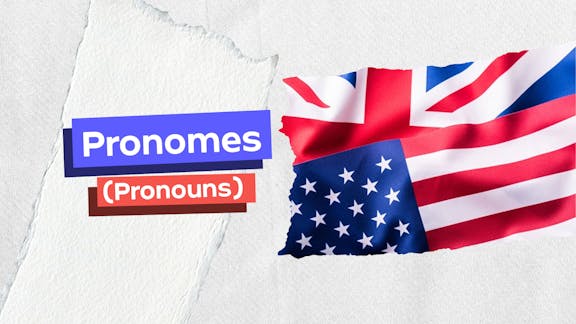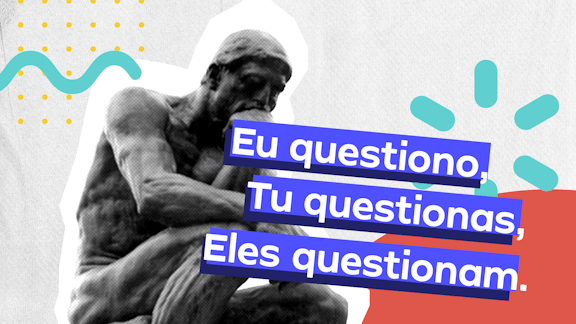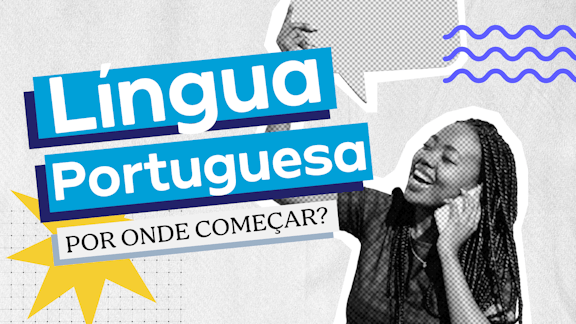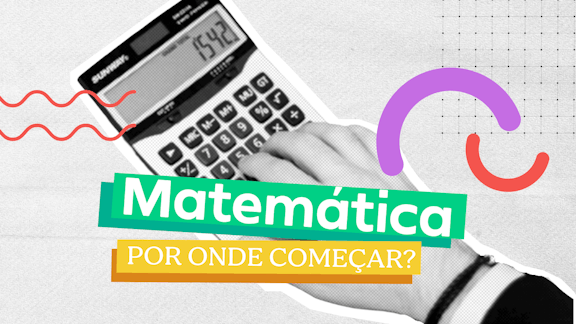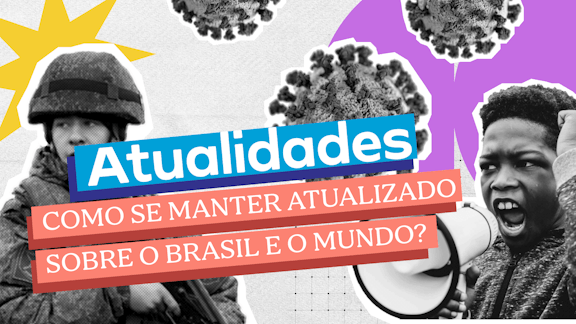Questão dac57308-76
Prova:UNIVESP 2018
Disciplina:Inglês
Assunto:Vocabulário | Vocabulary, Interpretação de texto | Reading comprehension, Advérbios e conjunções | Adverbs and conjunctions
No trecho do quarto parágrafo – unless the last two practices
result in forced labour – o termo em destaque indica ideia de
No trecho do quarto parágrafo – unless the last two practices
result in forced labour – o termo em destaque indica ideia de
Leia o texto para responder a questão.
Modern-day slavery: an explainer
 Photograph: Mario Tama/Getty
Photograph: Mario Tama/Getty
What is modern-day slavery?
About 150 years after most countries banned slavery –
Brazil was the last to abolish its participation in the transatlantic
slave trade, in 1888 – millions of men, women and children are
still enslaved. Contemporary slavery takes many forms, from
women forced into prostitution, to child slavery in agriculture
supply chains or whole families working for nothing to pay
off generational debts. Slavery thrives on every continent and
in almost every country. Forced labour, people trafficking,
debt bondage and child marriage are all forms of modern-day
slavery that affect the world’s most vulnerable people.
How is slavery defined? Slavery is prohibited under the 1948 Universal Declaration
of Human Rights, which states: “No one shall be held in slavery
or servitude: slavery and the slave trade shall be prohibited in
all their forms.” Definitions of modern-day slavery are mainly taken
from the 1956 UN supplementary convention, which says:
“debt bondage, serfdom, forced marriage and the delivery
of a child for the exploitation of that child are all slavery-like
practices and require criminalisation and abolishment”. The
1930 Forced Labour Convention defines forced labour as “all
work or service which is exacted from any person under the
menace of any penalty and for which the said person has
not offered himself voluntarily”. As contemporary systems of
slavery have evolved, new definitions, including trafficking and
distinguishing child slavery from child labour, have developed.
How many people are enslaved across the world? Due to its illegality, data on modern-day slavery is difficult
to collate. The UN’s International Labour Organisation (ILO)
estimates that about 21 million people are in forced labour
at any point in time. The ILO says this estimate includes
trafficking and other forms of modern slavery. The only
exceptions are trafficking for organ removal, forced marriage
and adoption, unless the last two practices result in forced
labour. The ILO calculates that 90% of the 21 million are
exploited by individuals or companies, while 10% are forced
to work by the state, rebel military groups, or in prisons under
conditions that violate ILO standards. Sexual exploitation
accounts for 22% of slaves.
(www.theguardian.com/global-development/2013/apr/03/modern-day-slavery-explainer. Adaptado)
Leia o texto para responder a questão.
Modern-day slavery: an explainer

Photograph: Mario Tama/Getty
What is modern-day slavery?
About 150 years after most countries banned slavery –
Brazil was the last to abolish its participation in the transatlantic
slave trade, in 1888 – millions of men, women and children are
still enslaved. Contemporary slavery takes many forms, from
women forced into prostitution, to child slavery in agriculture
supply chains or whole families working for nothing to pay
off generational debts. Slavery thrives on every continent and
in almost every country. Forced labour, people trafficking,
debt bondage and child marriage are all forms of modern-day
slavery that affect the world’s most vulnerable people.
How is slavery defined?
Slavery is prohibited under the 1948 Universal Declaration
of Human Rights, which states: “No one shall be held in slavery
or servitude: slavery and the slave trade shall be prohibited in
all their forms.”
Definitions of modern-day slavery are mainly taken
from the 1956 UN supplementary convention, which says:
“debt bondage, serfdom, forced marriage and the delivery
of a child for the exploitation of that child are all slavery-like
practices and require criminalisation and abolishment”. The
1930 Forced Labour Convention defines forced labour as “all
work or service which is exacted from any person under the
menace of any penalty and for which the said person has
not offered himself voluntarily”. As contemporary systems of
slavery have evolved, new definitions, including trafficking and
distinguishing child slavery from child labour, have developed.
How many people are enslaved across the world?
Due to its illegality, data on modern-day slavery is difficult
to collate. The UN’s International Labour Organisation (ILO)
estimates that about 21 million people are in forced labour
at any point in time. The ILO says this estimate includes
trafficking and other forms of modern slavery. The only
exceptions are trafficking for organ removal, forced marriage
and adoption, unless the last two practices result in forced
labour. The ILO calculates that 90% of the 21 million are
exploited by individuals or companies, while 10% are forced
to work by the state, rebel military groups, or in prisons under
conditions that violate ILO standards. Sexual exploitation
accounts for 22% of slaves.
(www.theguardian.com/global-development/2013/apr/03/modern-day-slavery-explainer. Adaptado)
A
adição.
B
causa.
C
exceção.
D
comparação
E
contraste.
Gabarito comentado
Áida Setton ZylberglejdProfessora de Inglês e Tradutora. Certificado de Proficiência pela Cambridge University. Tutora na Polytechnic of Central London.
A questão cobra conhecimento de vocabulário e gramática, especificamente
sobre conjunções.
Vamos analisar o trecho mencionado no enunciado:
The ILO says this estimate includes trafficking and other forms of modern slavery. The only exceptions are trafficking for organ removal, forced marriage and adoption, unless the last two practices result in forced labour.
Tradução -A OIT afirma que essa estimativa inclui o tráfico e outras formas de escravidão moderna. As únicas exceções são o tráfico para remoção de órgãos, casamento forçado e adoção, a menos que as duas últimas práticas resultem em trabalho forçado.
A conjunção "unless" significa "a menos que, a não ser que, exceto se" e sinaliza uma exceção. É geralmente empregada em vez de if + not em orações condicionais. Veja alguns exemplos:
Gabarito do Professor: Alternativa C
Vamos analisar o trecho mencionado no enunciado:
The ILO says this estimate includes trafficking and other forms of modern slavery. The only exceptions are trafficking for organ removal, forced marriage and adoption, unless the last two practices result in forced labour.
Tradução -A OIT afirma que essa estimativa inclui o tráfico e outras formas de escravidão moderna. As únicas exceções são o tráfico para remoção de órgãos, casamento forçado e adoção, a menos que as duas últimas práticas resultem em trabalho forçado.
A conjunção "unless" significa "a menos que, a não ser que, exceto se" e sinaliza uma exceção. É geralmente empregada em vez de if + not em orações condicionais. Veja alguns exemplos:
- You can't get a job unless you have experience = Você não consegue um emprego a menos que tenha experiência
- They threatened to kill him unless he did as they asked. = Eles ameaçaram matá-lo a menos que ele fizesse o que pediram.
- Most wild animals won't attack unless they are provoked. = A maioria dos animais selvagens não atacará a menos que sejam provocados.
- I can't let you in unless you give the password. = Não posso deixar você entrar, a menos que você forneça a senha.
- Students are not allowed to handle these chemicals unless they are under supervision = Os alunos não têm permissão para manusear esses produtos químicos, a menos que estejam sob supervisão
Gabarito do Professor: Alternativa C

